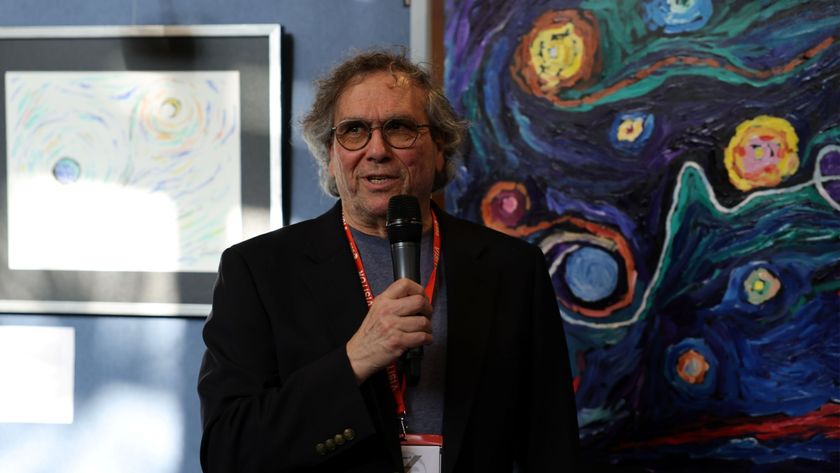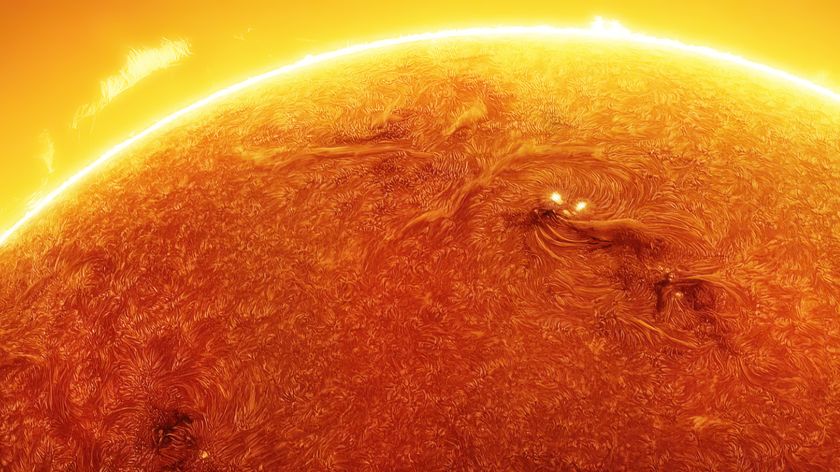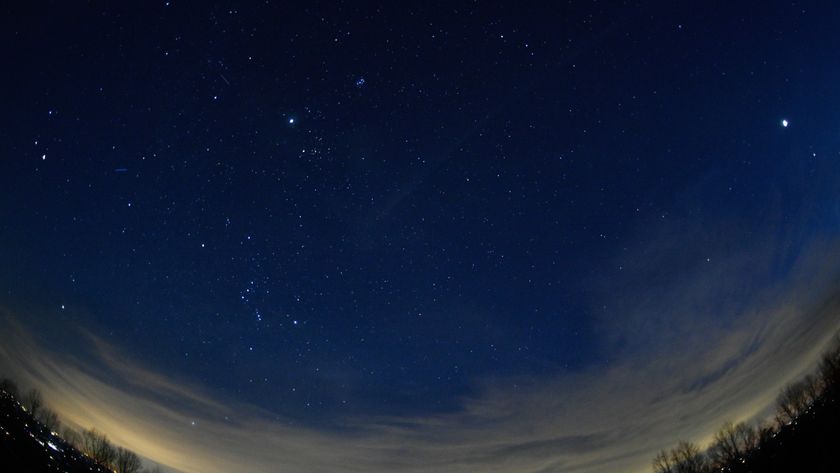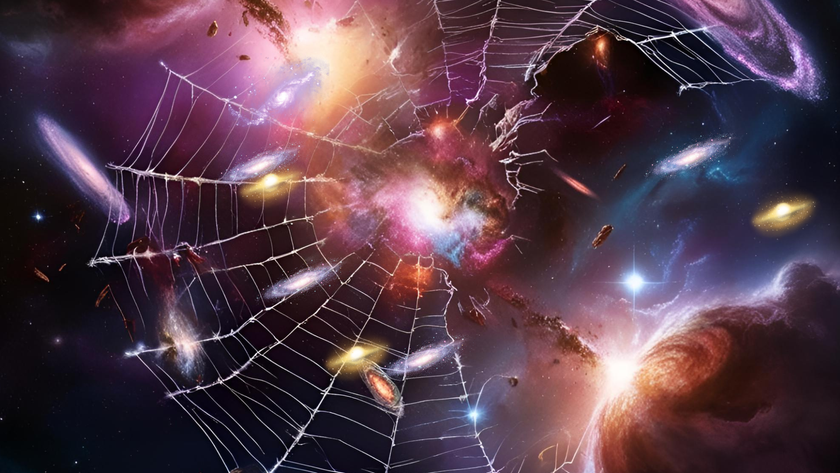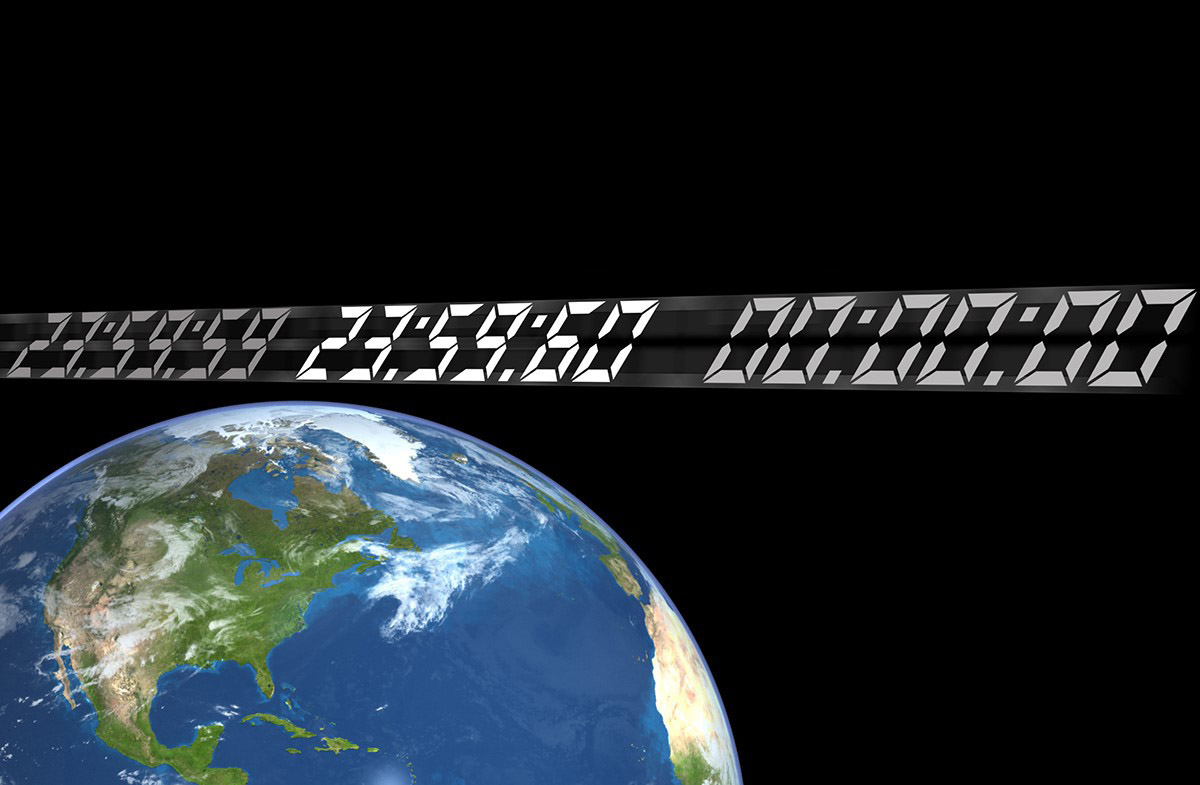
July will arrive a little late this year – one second late, to be exact.
Time will stand still for one second this evening (June 30) as a "leap second" is added to Coordinated Universal Time (UTC), the time standard by which most clocks are regulated. The International Earth Rotation and Reference Systems Service (IERS), which keeps track of time for the world, has decided that the extra second is needed to deal with Earth's irregular but gradually slowing rotation.
The extra second will be inserted just before midnight UTC — just before midnight GMT, and just before 8 p.m. EDT. Instead of rolling straight through from 23:59:59 to 00:00:00, UTC will tick over to 23:59:60 for a second. [June 2015 Gets An Extra Second (Video)]
Why does it happen?
The need for a leap second arises because of differences between the time as recorded on our atomic clocks and the time as recorded by the rotation of the Earth in its revolution around the sun. But what is the reason for this slowdown?
Recently, I had a chance to sit down with astrophysicist Neil deGrasse Tyson, director of New York City's Hayden Planetarium. We chatted about a number of different astronomical subjects, and one of them was the impending leap second.
"The moon is slowing us down," Tyson noted. "It's tugging on us. If it ultimately succeeds at this, Earth's rotation will be as slow as the lunar month, and we will always show the same face to one another in what is called a 'double tidal lock.'"
"But," Tyson added, "if you do the math, it will take longer than the lifespan of the sun for the moon to succeed at this. So it's not something you should worry about at this point."
Get the Space.com Newsletter
Breaking space news, the latest updates on rocket launches, skywatching events and more!
Along with the moon, other factors contributing to the slowing of Earth's rotation include the sloshing of the planet's molten core, the rolling of the oceans, the melting of polar ice and the effects of solar gravity.
Irregular slowdown
Since January 1972, timekeeping has, by international agreement, been maintained in accordance with the atomic time scale. The Earth is currently losing about three-thousandths of a second per day, and, atomic clocks are just over six-tenths of a second fast on UTC right now. The addition of the leap second will keep the difference from exceeding nine-tenths of a second.
Excluding this evening's insertion, leap seconds have been added 25 times since 1972, most recently in June 2012.
Leap seconds are inserted, when needed, either on June 30 or at the very end of the year, on Dec. 31. In 1972, there were two leap seconds (in addition to that year also being a leap year). From 1973 to 1979, adding a leap second on New Year's Eve was an annual occurrence. But from 1999 to 2011 it was necessary to add an extra second only twice (in December of 2005 and December 2008).
Joe Rao serves as an instructor and guest lecturer at New York's Hayden Planetarium. He writes about astronomy for Natural History magazine, the Farmer's Almanac and other publications, and he is also an on-camera meteorologist for News 12 Westchester, N.Y. Follow us @Spacedotcom, Facebook or Google+. Originally published on Space.com.
Join our Space Forums to keep talking space on the latest missions, night sky and more! And if you have a news tip, correction or comment, let us know at: community@space.com.

Joe Rao is Space.com's skywatching columnist, as well as a veteran meteorologist and eclipse chaser who also serves as an instructor and guest lecturer at New York's Hayden Planetarium. He writes about astronomy for Natural History magazine, Sky & Telescope and other publications. Joe is an 8-time Emmy-nominated meteorologist who served the Putnam Valley region of New York for over 21 years. You can find him on Twitter and YouTube tracking lunar and solar eclipses, meteor showers and more. To find out Joe's latest project, visit him on Twitter.







